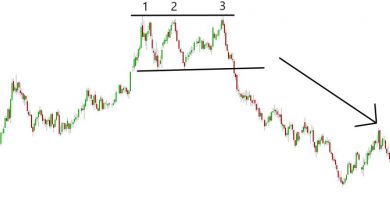Vomma What it is How it Works Formula

Contents
Vomma: What it is, How it Works, Formula
What Is Vomma?
Vomma is the rate at which the vega of an option reacts to volatility in the market. It is one of the measures, along with delta, gamma, and vega, known as the "Greeks," used in options pricing.
Key Takeaways
- Vomma is the rate at which the vega of an option reacts to volatility in the market.
- Vomma is a second-order derivative for an option’s value and demonstrates the convexity of vega.
- Vomma is part of the group of measures known as the "Greeks," used in options pricing.
Understanding Vomma
Vomma is a second-order derivative for an option’s value and demonstrates the convexity of vega. A positive value for vomma indicates that an increase in volatility will result in an increased option value.
Vomma and vega provide details on an option’s price and its sensitivity to market changes. They influence the interpretation of the Black-Scholes pricing model for option pricing.
Vomma is a second-order Greek derivative. A positive vomma indicates that an increase in volatility will result in an increase in vega. If vomma is negative, volatility changes are indicated by vega’s convexity.
Long options traders should look for a high, positive value for vomma, while short options traders should look for a negative one.
The formula for calculating vomma is below:
Vega and vomma are measures used in gauging the sensitivity of the Black-Scholes option pricing model to variables affecting option prices. They are considered when making investment decisions.
Vega
Vega helps traders understand an option’s sensitivity to volatility. It indicates the expected positive or negative change in an option’s price per 1% change in the volatility of the underlying instrument. A positive vega indicates an increase in the option price, and a negative vega indicates a decrease.
Vega is measured in whole numbers, usually ranging from -20 to 20. Higher time periods result in higher vega. Vega values represent losses and gains. For example, a vega of 5 on Stock A at $100 would indicate a loss of $5 for every point decrease in implied volatility and a gain of $5 for every point increase.
The formula for calculating vega is below:
Vega and vomma are important factors to consider when using the Black-Scholes pricing model for option pricing.



